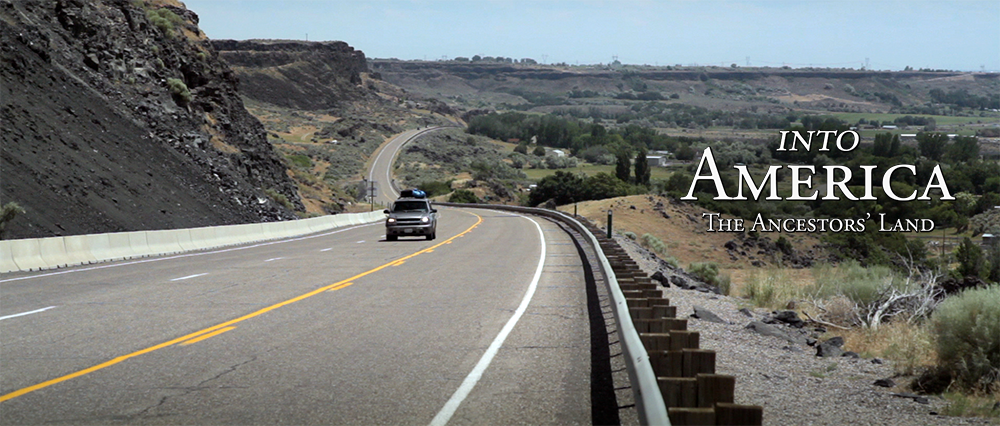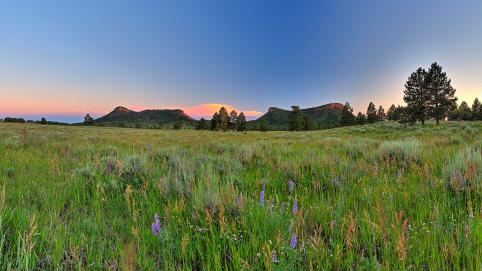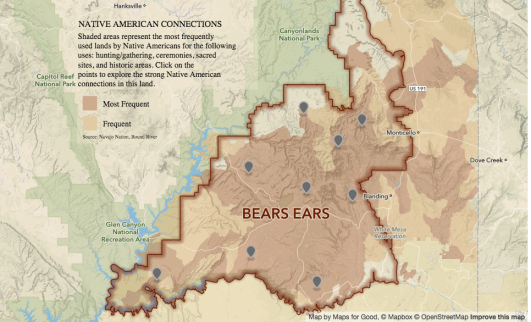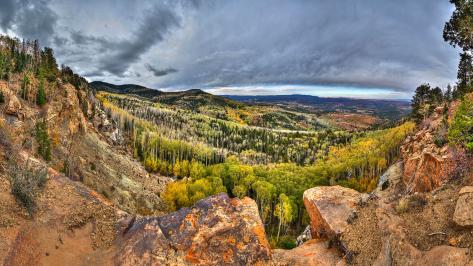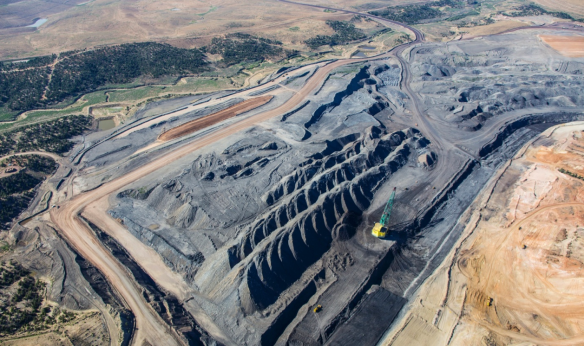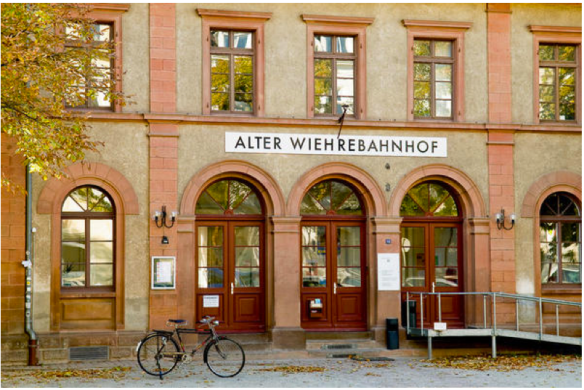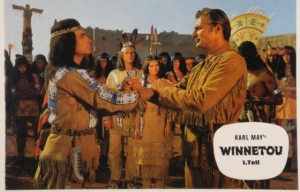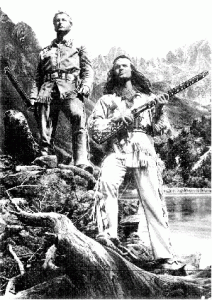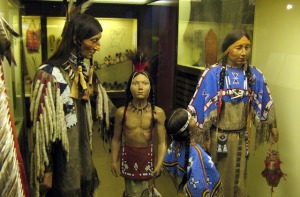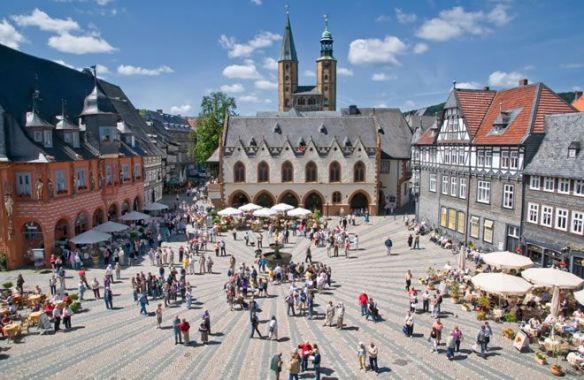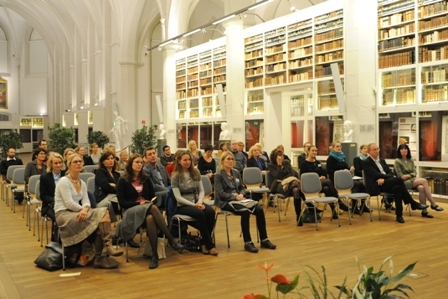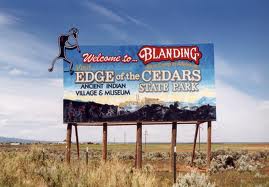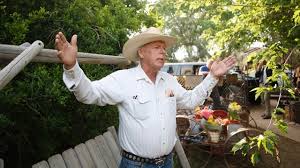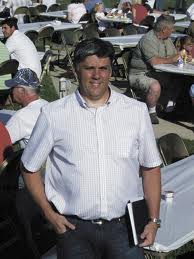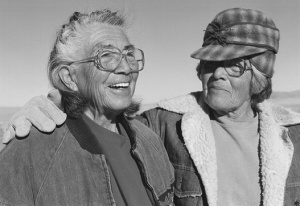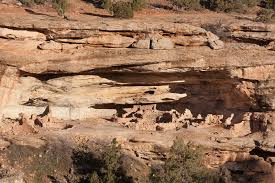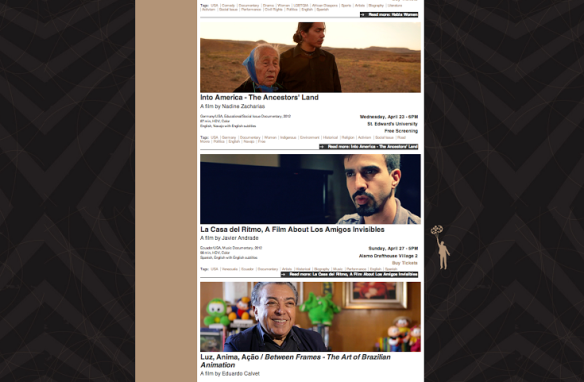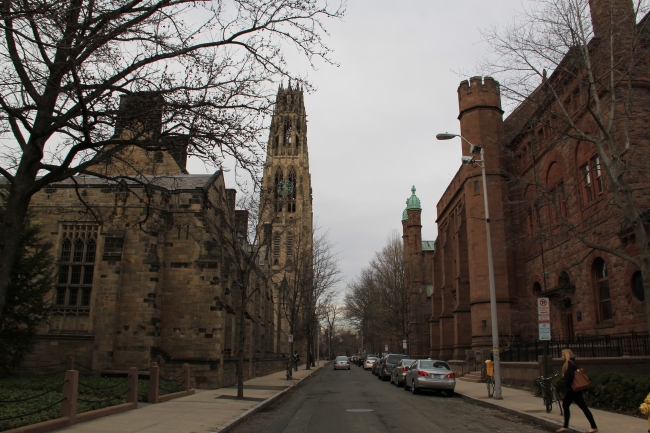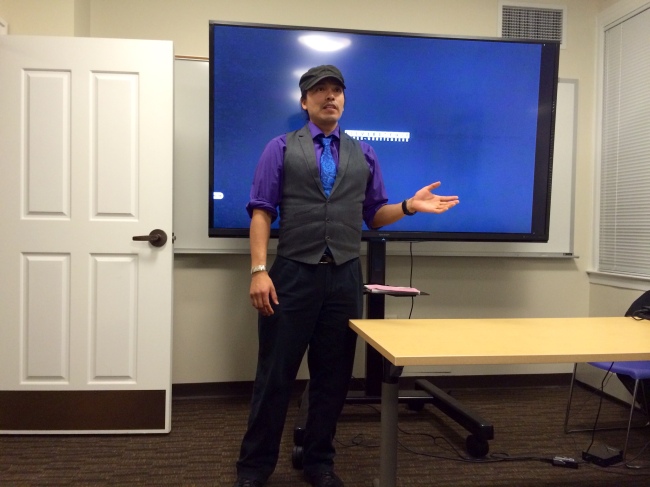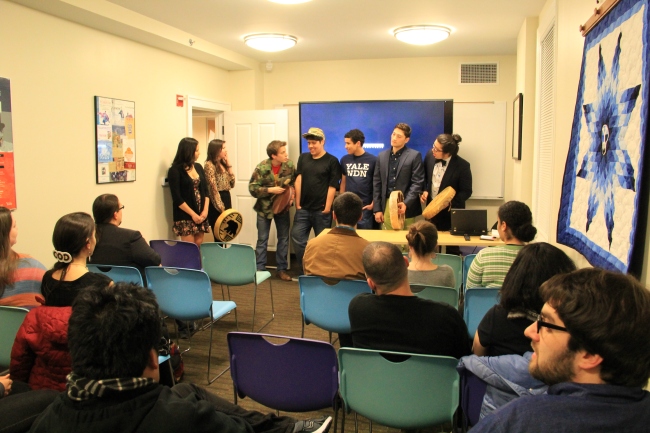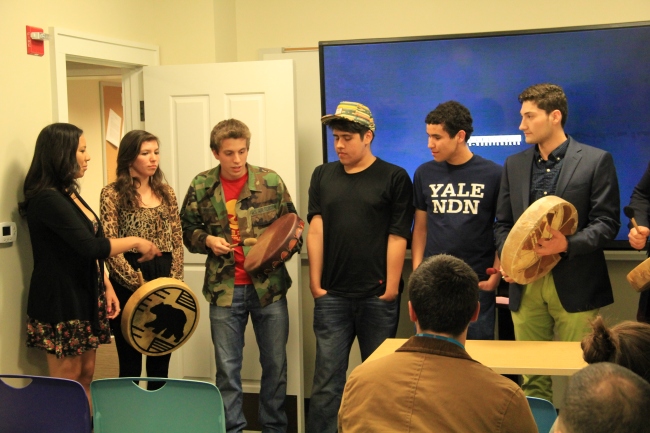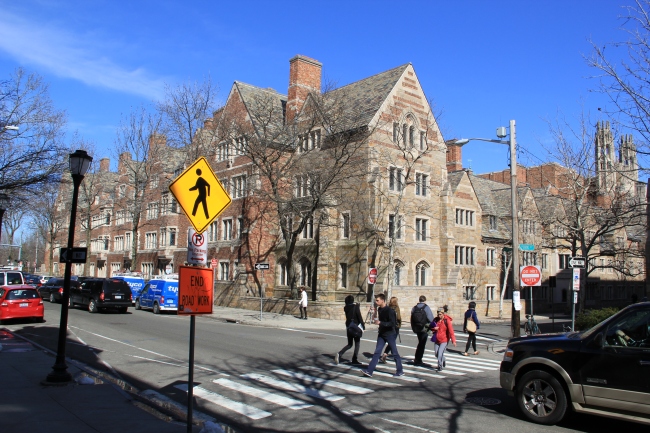The following story gives the latest on the developments of the Bears Ears National Monument proposal which was brought to you earlier on this year. It is the forefront of concern for Utah residents because of the issues of land and access, especially among Native Americans and their sacred sites, in order to protect them from exploitation and damage. It is our responsibility to protect, steward, and manage these places that have been there before America was a country and others came in with their imposition of ideas about management and conservation. Now, in order to protect the same Utah homelands we all share, we need to work together, both Native and non-Native peoples, and make this proposal a reality because if we don’t take care of it, no one else will. It is also the sacred birthplace of our famed Navajo leader, Chief Manuelito, who lead us through hard times during the Long Walk and back to freedom as one of many leaders who signed the Treaty of 1868. As another famous Navajo leader, Barboncito, once said, “I hope to God you will not ask me to go anywhere except my own country.”
NATIONAL MONUMENTS:
Tribes unveil proposal for Bears Ears designation
Published: Thursday, October 15, 2015
Native American leaders from five Southwest tribes today announced their proposal for a national monument designation, a plan they released with prayers.
In their own languages and in English, the Bears Ears Inter-Tribal Coalition urged President Obama to use the 1906 Antiquities Act to designate 1.9 million acres of federal lands in southwestern Utah as the Bears Ears National Monument.
But prayers have to be walked, not just talked, Regina Lopez-Whiteskunk said.
“We are who we are because of our ancestors, because of the prayers, because of all that the land provides for us,” said Lopez-Whiteskunk, a council member for Ute Mountain Ute Tribe, one of the tribes in the coalition along with the Navajo, Hopi, Ute Tribe of the Uintah and Ouray Reservation, and Zuni Pueblo.
The group debuted its proposal at the National Press Club today in Washington, D.C., as promised during a meeting with Obama administration officials in July.
Coalition Co-chairman Eric Descheenie, special adviser to Navajo Nation President Russell Begaye, called the proposal “unprecedented,” arguing the spiritual connection to the plateaus and surrounding deserts of Bear Ears cannot be overstated.
Citing an “indigenous truth” not always heard on Capitol Hill, Descheenie emphasized the healing power of the land that has sustained tribal peoples since time immemorial and described the area as irreplaceable territory under siege from looters, collectors, energy development and off-road vehicles.
“All of these unfortunate acts, terrible acts, whether intentional or not, are devastating to our ability to heal,” Descheenie said.
Descheenie said the coalition was formed as the tribes’ response to being largely ignored during the Utah Public Lands Initiative (Greenwire, Aug. 21). The initiative is a legislative effort spearheaded by Utah Republican Reps. Rob Bishop and Jason Chaffetz to once and for all divvy up about 18 million federal acres in Utah for wilderness protection, recreation and energy development (Greenwire, Aug. 6).
Obama has not ruled out using his power to designate national monuments for a 19th time for Bears Ears, a power roundly criticized by many Republicans (E&ENews PM, Aug. 3).
The coalition dropped off its proposal at the offices of Bishop and Chaffetz today, and Descheenie said the tribes will continue working with the initiative, offering a “second chance” to be heard, as required by their unique relationship with the federal government.
“We are not stakeholders,” Descheenie said.
“We’ve been saying it loudly for a very long time, and we’re still here,” Descheenie said. “And we’re not going to stop at protecting our ability to heal. We want to be happy people just as much as anybody else, and this is the conversation that is not happening.”
In a joint statement, Bishop and Chaffetz, along with Utah Republican Sens. Orrin Hatch and Mike Lee, acknowledged the coalition as “an important stakeholder in the Public Lands Initiative.”
“While many Native Americans who live in Utah oppose the Coalition’s proposal, we welcome the input and recommendations nonetheless,” they said. “Our offices have now received over 65 detailed proposals from various stakeholder groups regarding land management in eastern Utah. We remain committed to reviewing each proposal and producing a final PLI bill that is balanced and broadly supported.”
Some Navajo in Utah, including San Juan County Commissioner Rebecca Benally, oppose the monument, arguing it cuts off access for traditional religious ceremonies, gathering of medicinal herbs, wood harvesting and hunting.
With a petition signed by 300 Utah Navajos, Benally also evoked the spiritual connection to the land in lobbying for parts of the area to be designated as a national conservation area, which would permit energy development elsewhere.
“We can preserve a lot of things without making it a monument,” Utah Navajo Marie Holliday said in a statement provided by Benally, adding, “The people behind the tribal coalition are doing what’s best for themselves, not what’s best for the Utah Navajo people.”
Willie Grayeyes, chairman of the Utah Diné Bikéyah, said the tribes are far from split, noting the support pledged by 25 governments in the Four Corners states of Utah, Colorado, New Mexico and Arizona, as well as the National Congress of American Indians.
